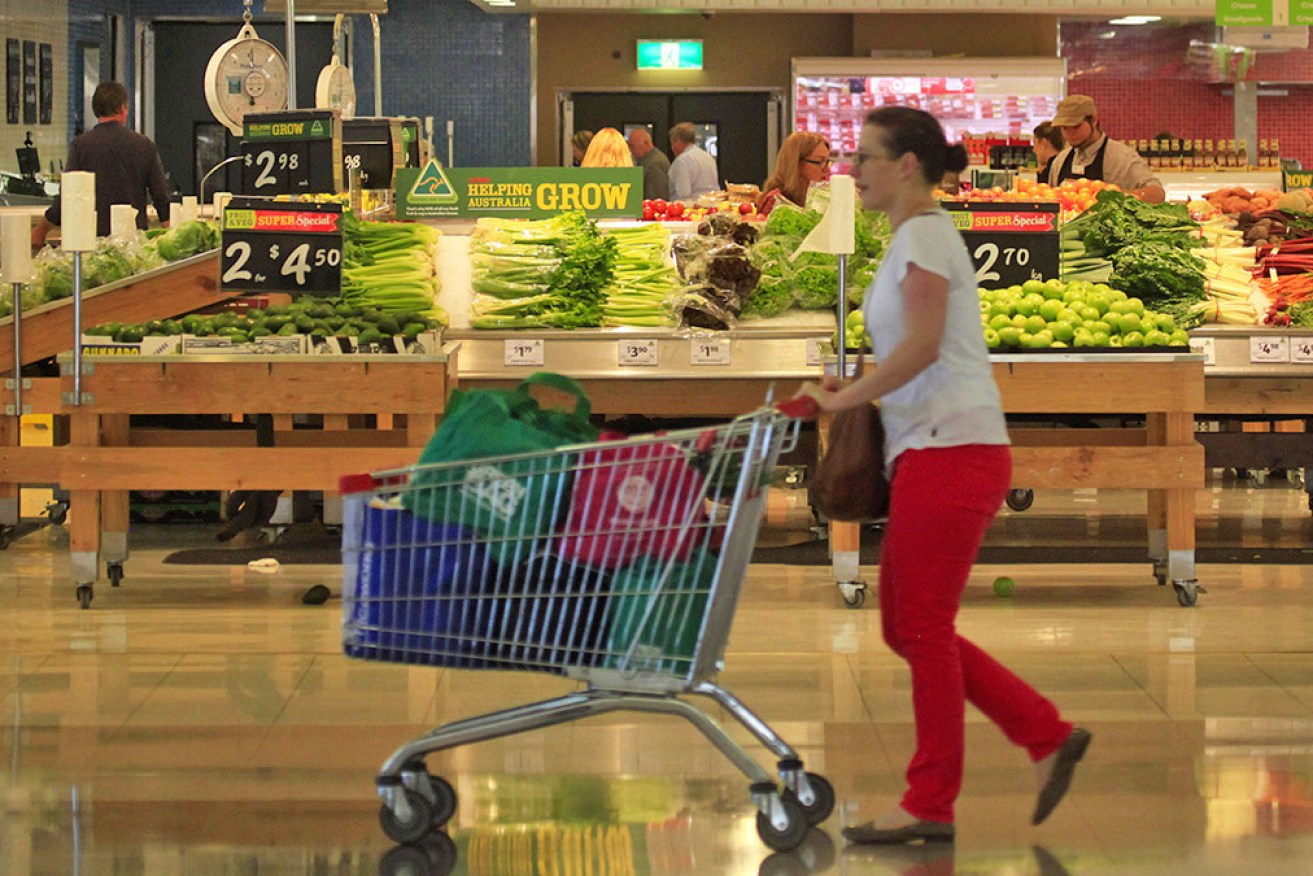From the Savings seekers to Mindful moneybags: Shopper types named


Cost of living pressures have seen distinct groups of shoppers emerge. Photo: AAP
As Australians continue to adjust to tougher economic conditions, research finds new types of shoppers are emerging.
A Shopify report conducted in partnership with YouGov found Australians are almost twice as likely to be stressed about higher prices of groceries and essentials than they are about the cost of housing.
The rising cost of shopping staples, including the 7.9 per cent price hike of food and non-alcoholic drinks in the 12 months to May, is a big factor behind the 78 per cent of consumers who the report found are prioritising value for money when shopping.
James Johnson, director of technology services and enterprise APAC at Shopify, said with millions of Australians facing 12 interest rate rises over the past year, it would be remiss to expect consumer priorities and behaviours to remain unchanged from 2019 or prior.
“But what we’re seeing is that while, across the board, Australians share some common priorities and challenges, when you dive deeper into the data you find that there are clusters of customers where these diverge,” he said.
Emerging ‘consumer personas’ identified in the report highlight what Australians are concerned about, where they’re focusing their budgets, and how they want to interact with brands and products, with value for money becoming a prominent factor behind purchasing decisions.
However, there are outliers; it should be noted that about 3 per cent of the 1000 consumers surveyed did not fall into any of the following categories.
The Value valuer
A third of all consumers surveyed for the report prioritised value for money over many other decision-making factors when shopping.
This group represents what has been dubbed the Value valuer, who defines value as ‘quality that lasts’, and prioritises quality over brand.
Shopify said these type of shoppers are the least likely to be influenced by a celebrity or social media in their purchasing decisions.
A Value valuer is most likely to be 43-58 years old and prefers shopping in-store for most items.
The Loyal local
The next largest consumer persona category identified in Shopify’s research also values quality over brand and price.
Unlike Value valuers, however, Loyal locals also tend to place emphasis on shared values, such as environmental sustainability or social good.
The second largest group, made up of 24 per cent of surveyed consumers, Loyal locals are likely to switch brands to support local or more sustainable businesses, and are the most likely to use public transport to save money.

Brand doesn’t top savings possibilities for this group. Photo: Getty
A Loyal local is most likely over 50 years old, and prefers shopping in-store, but only by a small margin.
They prioritises high quality over price if products aren’t significantly expensive, and spend more time at home than pre-pandemic.
Alongside Savings seekers, Loyal locals are the most likely to become loyal to a brand if it offered them consistently low prices or promotions.
The Savings seeker
The report found this group are the most stressed consumers overall, and are the most price-sensitive of all groupings.
This group represents some 22 per cent of consumers, who are by far the most likely to switch to homebrand items.
Savings seekers are mostly 59 to 77 years old, most prefer shopping in-store, and the majority are stressed about the cost of essentials and groceries.
They mostly choose cheaper options when buying discretionary items and, along with Value valuers, Savings seeker consumers are more likely to be won over by loyalty program rewards.
The Mindful moneybags
The wealthiest and most environmentally conscious cohort, and from the 9 per cent of Australian consumers who have not felt enough of an impact from increasing cost of living pressures to change their shopping habits.
The report found the majority of Mindful moneybags are 27 to 34 years old, work full-time, and prioritise sustainable products.
They are the least likely to prefer in-store shopping out of the consumer personas, and are more likely to prioritise quality over price.
Mindful moneybags are the only group who didn’t point to dining out as their main expense to cut back on amid cost-of-living pressures; instead, their primary cost-cutting measure is postponing holidays.

They might be making more money but Mindful moneybags are cutting back on some discretionary expenses. Photo: Getty
Mindful moneybags shoppers, along with Picky purchasers, are most likely to impulse buy a product after discovering it on social media.
Some of the top social media or internet platforms where consumers find products include Facebook, YouTube, Instagram, TikTok, and Twitter.
The Picky purchaser
This group, made up of 8 per cent of consumers, have the highest expectations when it comes to the shopping experience.
They tend to be 27 to 42 years old, and are more likely to be female.
Picky purchasers like shopping in-store and online equally, and the majority are loyal to their favourite brands.
Despite having the second-highest earnings out of the consumer groups, a Picky purchaser is the most likely to have cut back on groceries and food for the home.
The Social shopper
Representing the smallest group at just 3 per cent, Social shoppers are named after members’ penchant for digital interaction.
They are most likely to shop online, they are most influenced by influencers, and the least motivated by product quality.








